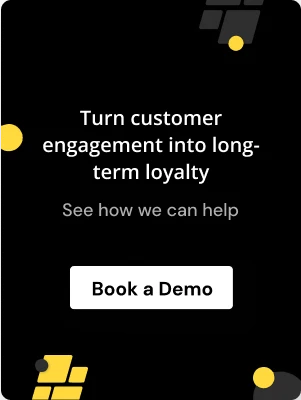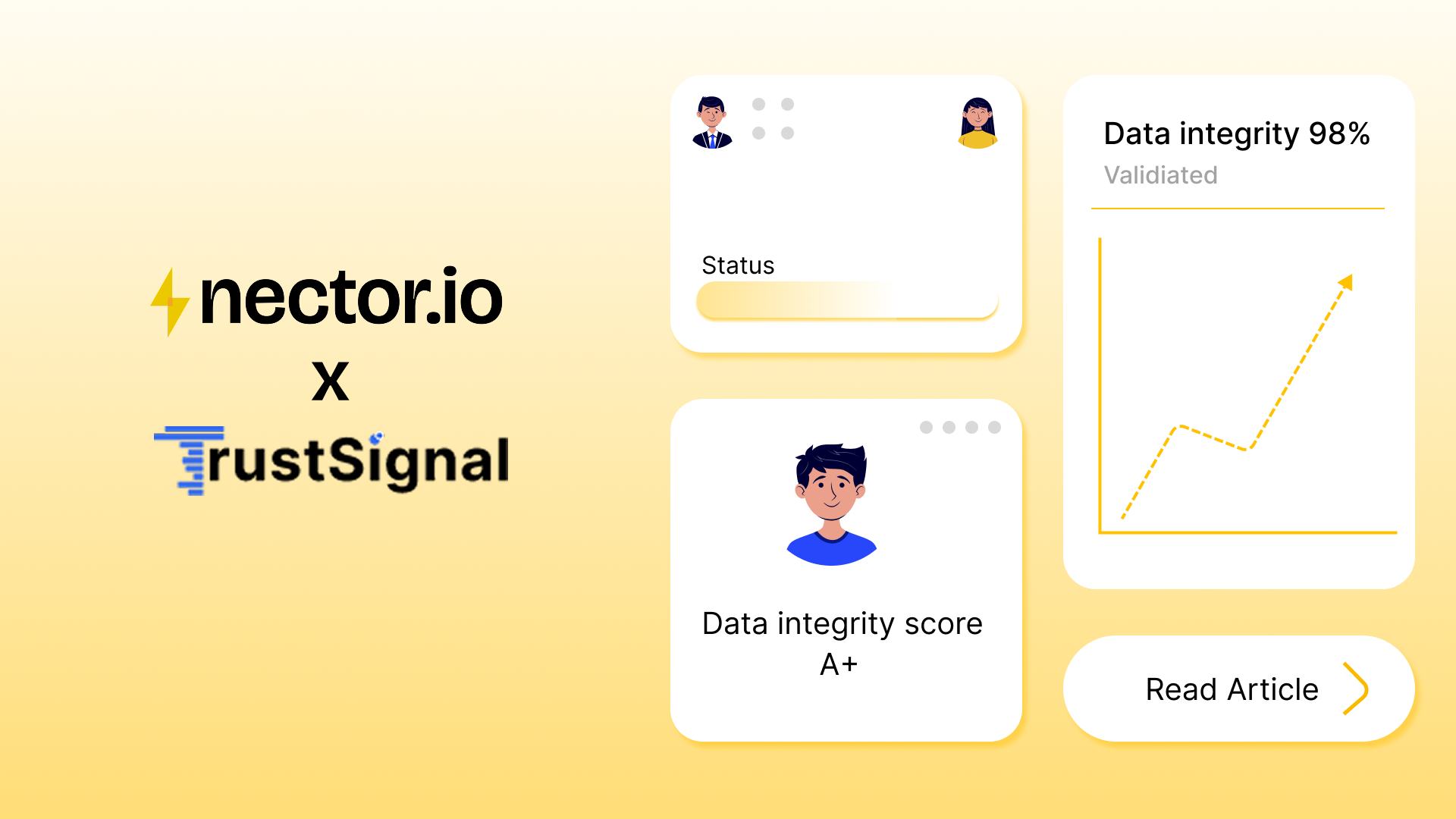.avif)
.avif)
In today's competitive marketplace, businesses are constantly looking for ways to not only acquire new customers but also retain their existing ones. While both are crucial for success, customer retention has proven to be a significant driver of revenue and profitability. In fact, studies have shown that repeat customers can generate more than 40 percent of a business's revenue, and increasing customer retention rates by just 5 percent can lead to a substantial boost in profits ranging from 25 to 95 percent.

Understanding the value of repeat purchases and customer loyalty is essential for any business aiming for sustainable growth. In this article, we will explore seven effective strategies to inspire repeat purchases, retain customers, and unlock the power of customer loyalty.
Section 1: The Importance of Repeat Purchases

Repeat purchases occur when existing customers make subsequent purchases from a brand they have already engaged with. These customers have experienced a positive customer journey and are more likely to return for future transactions. Repeat customers have a different purchasing behavior compared to first-time customers. For instance, repeat customers are familiar with the brand's interface and tend to navigate directly to the desired product, while new visitors explore different options and compare prices.
Repeat purchases are a critical source of revenue for businesses. According to Alex Schultz, Vice President of Meta, if 20 to 30 percent of customers return every month for repeat purchases, it is considered a remarkable achievement1. Shopify's research further reveals that customers who return for a second purchase are 45 percent more likely to make subsequent purchases, and this likelihood increases to 56 percent by the fourth visit.
Section 2: Engaging Customers with Post-Purchase Messaging
One common mistake that brands make is neglecting customer engagement after the initial purchase. To encourage repeat purchases, it is crucial to continue engaging customers with targeted post-purchase messaging. Personalized post-purchase engagement helps leave a positive and lasting impression on customers, keeping the brand top-of-mind when they need to make another purchase.
To make a repeat buyer out of someone, it is essential to provide engaging content that adds value to their purchase. This can be achieved by offering useful information, relevant tips, or even tutorials related to the product they have bought. For example, a beauty brand can share video tutorials on hair and makeup techniques for customers who have purchased beauty products, or a parenting blog can provide advice for customers who have bought baby products.
Leveraging a marketing automation platform can streamline the delivery of targeted content through various channels, such as email, in-app messages, and push notifications, ensuring real-time engagement with customers.
Section 3: Triggering Action in Real Time

Understanding customer behavior and purchase patterns is crucial for driving repeat purchases. By studying unique customer behavior, businesses can identify purchasing frequency and predict when customers are likely to restock or repurchase items. Real-time marketing automation enables segmentation based on these behaviors, allowing businesses to send timely reminders to customers when it is time to restock
Additionally, real-time automation can also help re-engage customers who have abandoned their carts without completing a purchase. By sending trigger messages with timely reminders, businesses can effectively drive conversions and increase the rate of repeat purchases.
Section 4: Leveraging the Power of Transactional Emails

Transactional emails, such as order confirmations and shipping updates, enjoy high open rates and conversion rates compared to bulk marketing emails. Capitalizing on the content of these emails, businesses can include relevant product recommendations to cross-sell. For example, an order confirmation for breakfast cereal can serve as an opportunity to recommend a popular chocolate milk to accompany the cereal1.
By leveraging the power of transactional emails, businesses can enhance customer engagement and increase the likelihood of repeat purchases.
Section 5: Expanding the Share of Wallet Based on Interests
While repeat customers may have a clear idea of what they want from a brand, it is essential to explore additional goods and services that align with their interests. Artificial Intelligence (AI) can play a significant role in combining and analyzing first-party data to uncover each customer's specific interests. By understanding customer preferences, businesses can proactively recommend relevant products during subsequent visits, thereby increasing the share of wallet.
For example, a grocery store that offers baby products can leverage AI to identify customers who have not purchased baby products from them and recommend these items during their next visit. By expanding the range of products that cater to customer interests, businesses can foster loyalty and drive repeat purchases.
Section 6: Incentivizing Repeat Purchases

Incentives such as discounts, promotions, and coupons can be effective tools for encouraging repeat purchases. Offering these incentives to first-time buyers can entice them to make a second purchase. Moreover, AI can help identify customers who have not made a purchase in a while but are likely to return. By targeting these customers with relevant offers and incentives, businesses can re-engage them and drive repeat purchases.
However, it is crucial to strike a balance and avoid offering incentives too frequently, as this can diminish revenue and potentially impact brand perception negatively.
Section 7: Building Brand Loyalty Through Customer Loyalty Programs
Loyalty programs are an effective way to incentivize repeat purchases and foster brand loyalty. By offering discounts, early access to new products, or gamified points systems, businesses can encourage customers to develop loyalty and keep coming back for more1.
A well-planned promotional marketing strategy is essential to ensure incentives are used strategically and effectively.
Loyalty programs also provide a platform for customers to provide feedback and express their level of satisfaction. Regular customer surveys can gauge customer sentiment and help businesses make the necessary changes to improve customer retention rates1.
Section 8: Deploying Retargeting Strategies for Increased Conversions
Retargeting allows businesses to bring back customers who have abandoned their carts or visited the website without making a purchase. By analyzing customer behavior and interests, businesses can reach out to these customers through targeted ads, even if they were browsing as guests without logging into an account1.
Machine learning can further enhance retargeting efforts by analyzing purchase histories and predicting future customer behavior. By prioritizing potential customers who are more likely to buy, businesses can optimize their retargeting strategies and increase conversions1.
Section 9: Shifting Focus Towards Customer Retention

While customer acquisition is crucial in the early stages of building a brand, it is equally important to shift focus towards customer retention as the business grows. Implementing a robust customer retention strategy powered by AI and data can help businesses keep customers coming back and drive continuous repeat sales1.
By adopting the strategies outlined in this article, businesses can unlock the power of customer loyalty, ensuring sustainable growth and success in the competitive marketplace. Customer retention and repeat purchases are not only financially rewarding but also serve as indicators of a brand's ability to deliver exceptional customer experiences and build strong, long-lasting relationships with its customers.
Unlock the potential of customer loyalty today and reap the benefits of a thriving customer base.
"The key to sustainable business growth lies in unlocking the power of customer loyalty."
Conclusion
In conclusion, customer loyalty is a vital aspect of any business's success. By focusing on retaining existing customers and inspiring repeat purchases, businesses can tap into a significant source of revenue and drive sustained growth. Implementing strategies such as personalized post-purchase engagement, real-time triggers, leveraging transactional emails, expanding the share of wallet, incentivizing repeat purchases, deploying customer loyalty programs, and utilizing retargeting techniques can all contribute to unlocking the power of customer loyalty.
With the right approach and a commitment to delivering exceptional customer experiences, businesses can foster loyalty, build strong relationships, and secure their position in the marketplace. So, take the first step today and start unlocking the potential of customer loyalty for your brand's success.
"A satisfied customer is the best business strategy of all." - Michael LeBoeuf
FAQs
Start Building Customer Retention That Lasts


.png)





